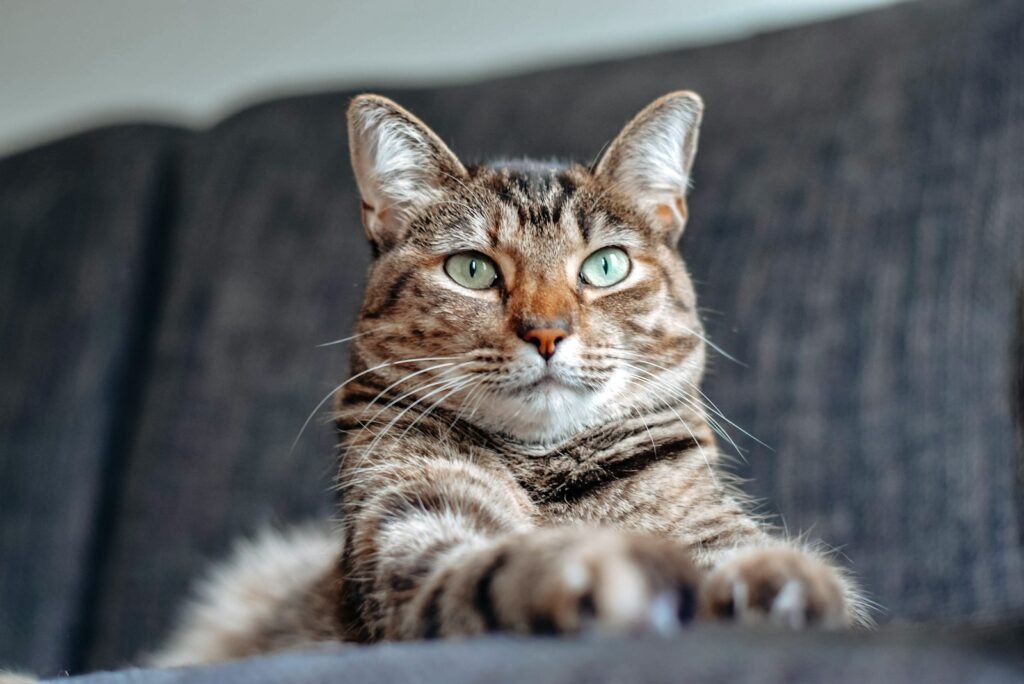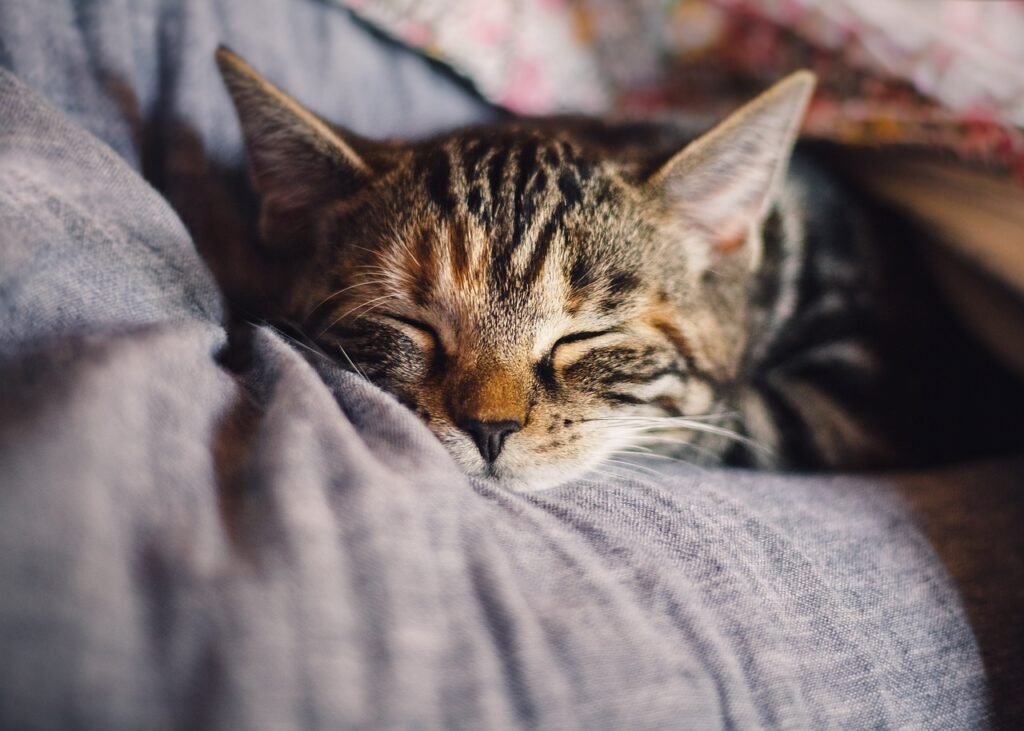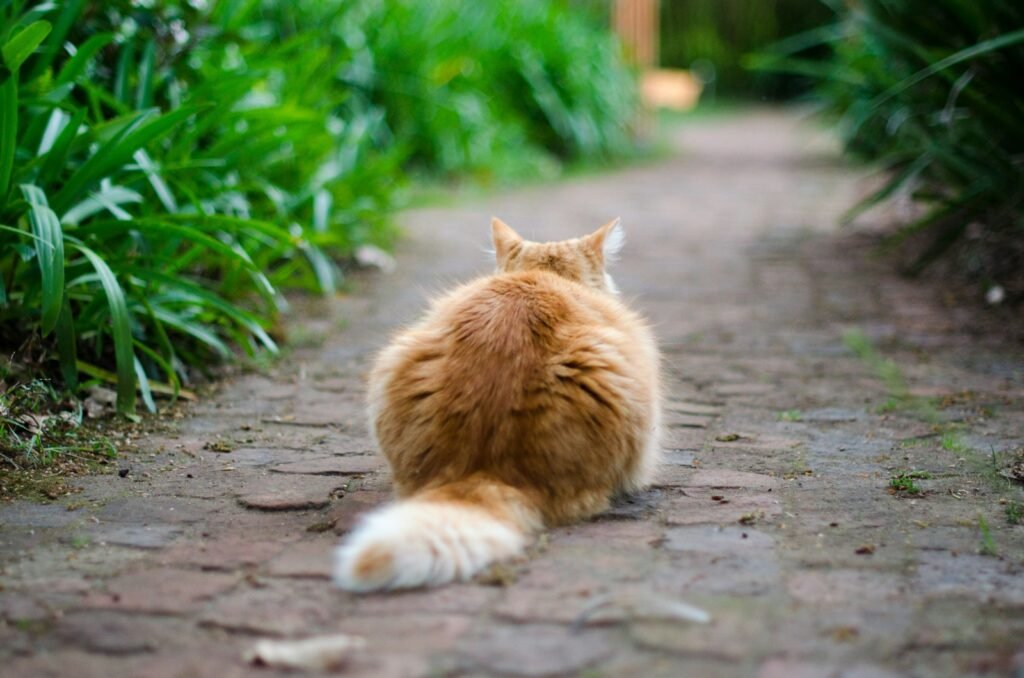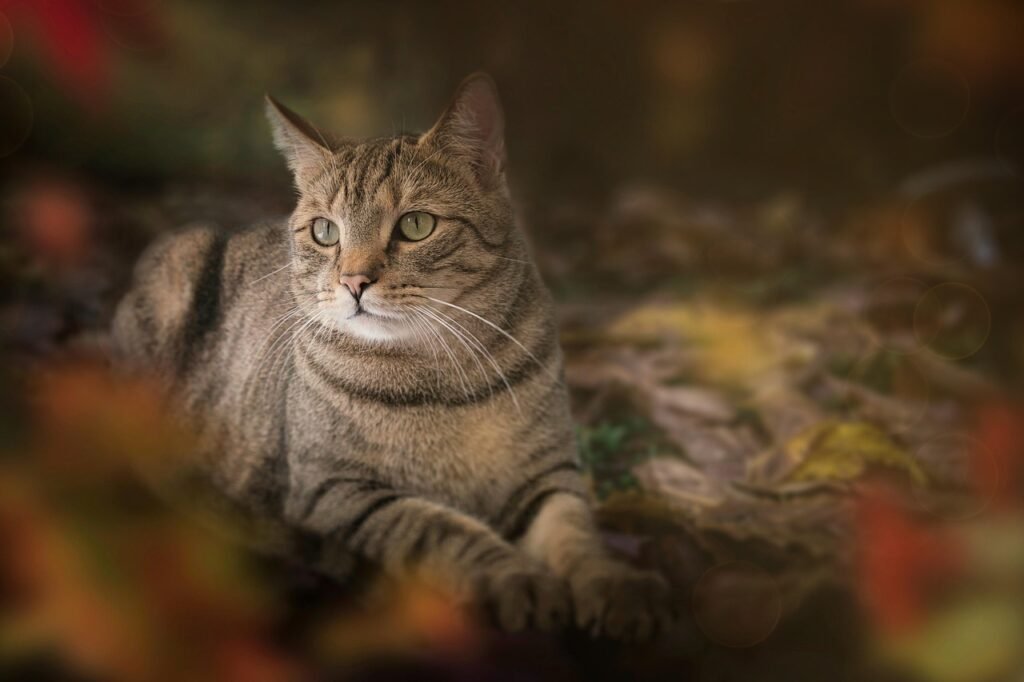Cats have long fascinated their human companions with their mysterious behaviors and delightful quirks. One of their most common habits is seeking out warm spots, from sunlit windowsills to cozy laps. But why do cats gravitate toward warmth? This seemingly simple behavior is rooted in complex biological and behavioral science. Let’s explore the reasons behind this feline fondness for heat.
The Nature of Cats: Warm-Blooded Creatures

Cats, like all mammals, are warm-blooded creatures. This means they regulate their body temperature internally, maintaining a steady warmth that is crucial for their survival. Keeping warm is essential for their metabolic processes, ensuring that they have the energy needed for daily activities like hunting, playing, and purring.
Energy Conservation and Efficiency

Cats are known for their efficiency, especially when it comes to conserving energy. By lounging in warm spots, cats can maintain their body temperature with minimal metabolic effort. This allows them to save energy, which they can later use for hunting or escaping from predators. Essentially, a warm place means a relaxed, energy-efficient existence for a cat.
Evolutionary Adaptations

Domestic cats retain many traits from their wild ancestors, who often inhabited warm climates and sun-drenched landscapes. Their sleek bodies and short fur are adaptations for warmer environments. This evolutionary background means that they are naturally inclined to seek out warmth, harking back to a time when basking in the sun was necessary for survival and comfort.
The Role of Fur and Skin

A cat’s fur, while providing some insulation, does not trap heat as efficiently as the fur of arctic animals. Thus, cats often require external warmth to supplement their own body heat. Their skin is also sensitive to temperature changes, prompting them to move toward warmer areas to stay comfortable and cozy.
Instinctive Behaviors from the Wild

In the wild, warmth was associated with safety and relaxation. Warmth often indicated a sunny and sheltered spot away from wind and predators. Domesticated cats still carry these instincts, seeking warmth as a way to feel secure and at ease.
Therapeutic Heat: Muscle Relief

Warmth can have a therapeutic effect on muscles and joints, not just for humans but for cats as well. Older cats, or those with joint issues, may particularly enjoy warm areas as they provide relief from stiffness and discomfort, acting as a form of natural therapy.
The Comfort of Familiarity

Cats are creatures of habit and are comforted by the familiar. Once they find a warm spot that they enjoy, they’re likely to return to it frequently. This behavior is linked to their territorial nature; a warm spot can become part of their established territory, providing a consistent comfort zone.
Environmental Enrichment for Cats

Providing your cat with warm places not only satisfies their natural instincts but also enriches their environment. Heated beds, sunny windows, and laps are essential offerings to keep your feline content and behaviorally satisfied. An enriched environment with adequate warmth contributes to reduced stress and increased overall well-being for indoor cats.
Sunlight and Vitamin D

Just like humans, cats benefit from a little sunshine. Sun exposure helps them synthesize Vitamin D, aiding in calcium absorption and bone health. Although they obtain most of their Vitamin D from their diet, the act of sunbathing is a natural and instinctive way to glean the benefits directly from sunlight.
Comfort and Bonding with Humans

For many cats, warm places are synonymous with human companionship. Curling up in a warm lap provides both physical warmth and emotional security. This form of bonding is mutually beneficial— while offering warmth, humans also provide affection and attention, which fosters a closer relationship with their feline friends.
Conclusion: A Warm Connection

Understanding why cats are drawn to warm places enriches our appreciation of their behaviors and our ability to care for them. These warm spots are not just about comfort, but are tied to survival instincts, evolutionary history, and even emotional well-being. As pet owners, recognizing this natural inclination allows us to create environments that cater to our feline companions’ needs, ensuring they remain healthy, happy, and content.
Hi, I’m Bola, a passionate writer and creative strategist with a knack for crafting compelling content that educates, inspires, and connects. Over the years, I’ve honed my skills across various writing fields, including content creation, copywriting, online course development, and video scriptwriting.
When I’m not at my desk, you’ll find me exploring new ideas, reading books, or brainstorming creative ways to solve challenges. I believe that words have the power to transform, and I’m here to help you leverage that power for success.
Thanks for stopping by, Keep coming to this website to checkout new articles form me. You’d always love it!






